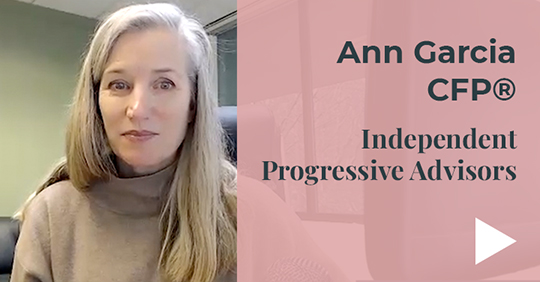
Many colleges offer both early and regular admissions options giving students the flexibility to apply when the timing is right. Students should research the admissions options (and deadlines) for each college on their list. Here are four common types of college admissions options and some factors to consider for each.
Early action
Early applications are typically due around the first of November with decisions arriving December or January. Unless the college has restrictions, students are able to apply early action to multiple colleges.
Applying early can have benefits. It shows interest in the college, which can go a long way with admissions. Plus, having a decision earlier in the year can give high school seniors peace of mind. In many cases, if a student is admitted through early action, they can still weigh offers from other colleges and make their final decision in the spring.
Are there downsides? It depends. When applying early, students may only be able to submit grades through the end of their junior year. If they plan to strengthen their application by improving their grades in the fall of senior year, waiting to apply through regular decision might be a better option.
Early decision
Early decision has a similar application timeframe, but it’s much more restrictive. Students can only apply to one college through early decision. And it’s binding. The student commits to attend if admitted. Students may apply to other colleges through early or regular admission but must withdraw those applications immediately if admitted to their early decision choice. That’s right — that means the student and their family are not able to compare admissions or financial aid offers from other colleges before making their final selection. For this reason, students should not apply early decision if finances are an important factor.
Regular decision
Colleges that offer early application options also have a regular admissions cycle. Applications are usually due by January or February, and the decision usually arrives in March or April. With regular decision, colleges typically review all applications received before the deadline as a group to select the incoming class.
Is there a downside to applying regular decision if the college offers early action? Again, it depends. Does the college typically admit a large portion of the incoming class from the early applicant pool? Is this the student’s top choice school? If the answer is yes, and the student’s application is ready and will be competitive compared to other students, then the student may want to consider applying early. (Remember, be cautious of binding options like early decision.)
Rolling admissions
Some colleges accept and make admissions decisions as applications are received. Typically, you want to apply as early as possible since the selection process can be more competitive as the class is filled. Once the class is full, colleges may stop accepting applications.
Every college is different. Even if you’re determined to apply early action at your top choice school, there’s a possibility it’s not offered there. Take your list of schools and research the college admissions options at each one. Then make a plan. Weighing your options can be difficult. So, don’t forget to loop in your high school counselor or the college admissions office for help.












